How to Sync Mail, Contacts & Calendars From Android to iOS
When you are switching from Android to iPhone or going to use an iPhone, iPad, or iPod Touch as your secondary device, you will need to synchronize your data from your old device to the new device or with the secondary device.
Since you will be using a Google account on your Android device, you can use the same to create backup or use cloud-sync to sync data between the two devices.
Thankfully, all you need to do is to sign in to your Google account — twice! That said, let’s check the detailed instructions for syncing data between devices. I am breaking this guide into two sections to separate two different use cases.
Migrating From Android to iOS: 10 Burning Questions
Are you an Android user who has recently purchased an iOS device and are having difficulties in setting... Read more
Sync Mail, Contacts, and Calendars
When you are switching to a new device, then you want to move your data from your old device to the new device. Or if you are opting for a secondary device — maybe for work or for fun, you may prefer syncing your data between your two devices to keep both devices in a loop.
That being said, here’s how to do it:
- Open Settings > Mail > Accounts and tap Add Account.
- Select Gmail or Outlook.com and enter your credentials.
- Select the information to sync from your email account. I chose Mail, Contacts, and Calendars from the list to sync data from Android.
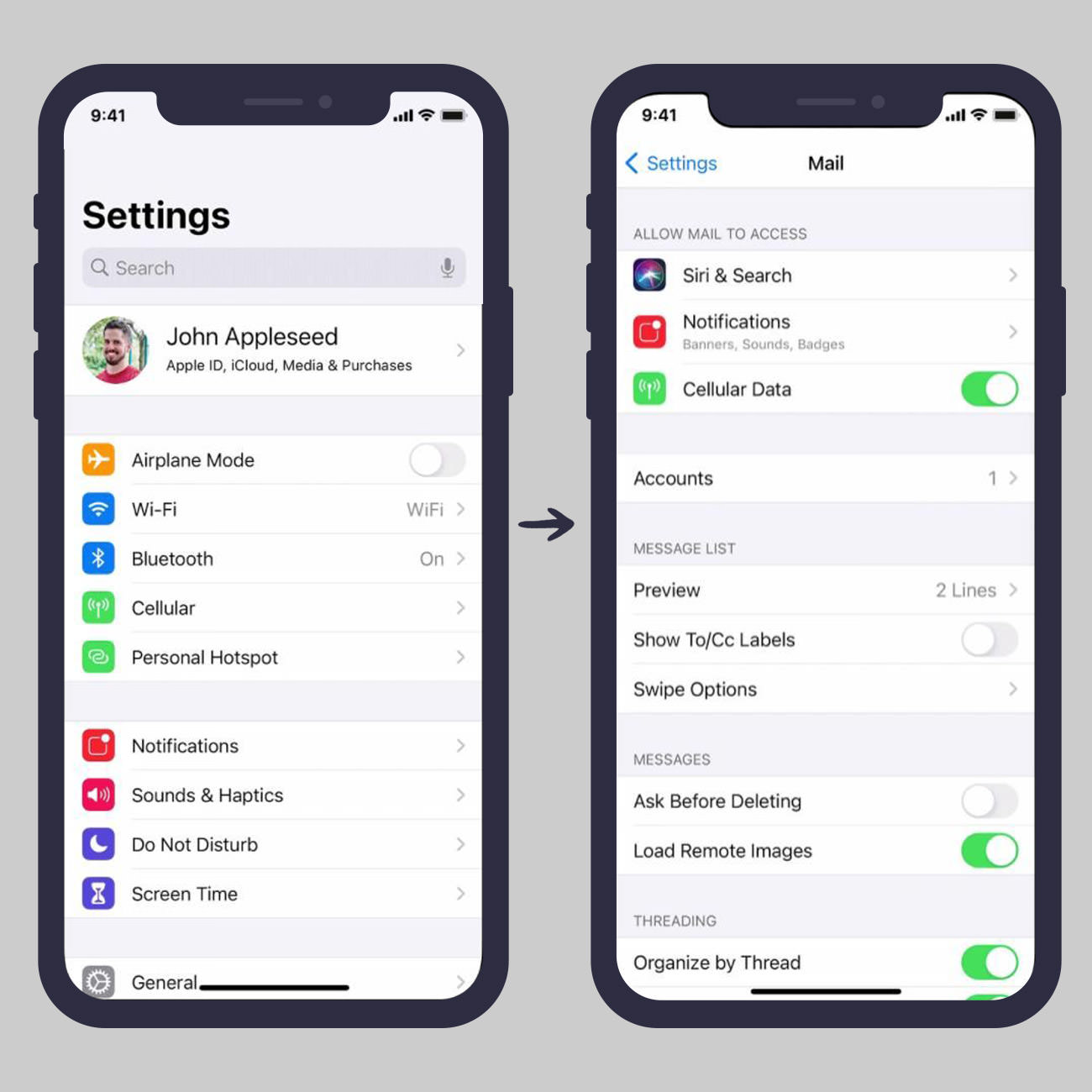
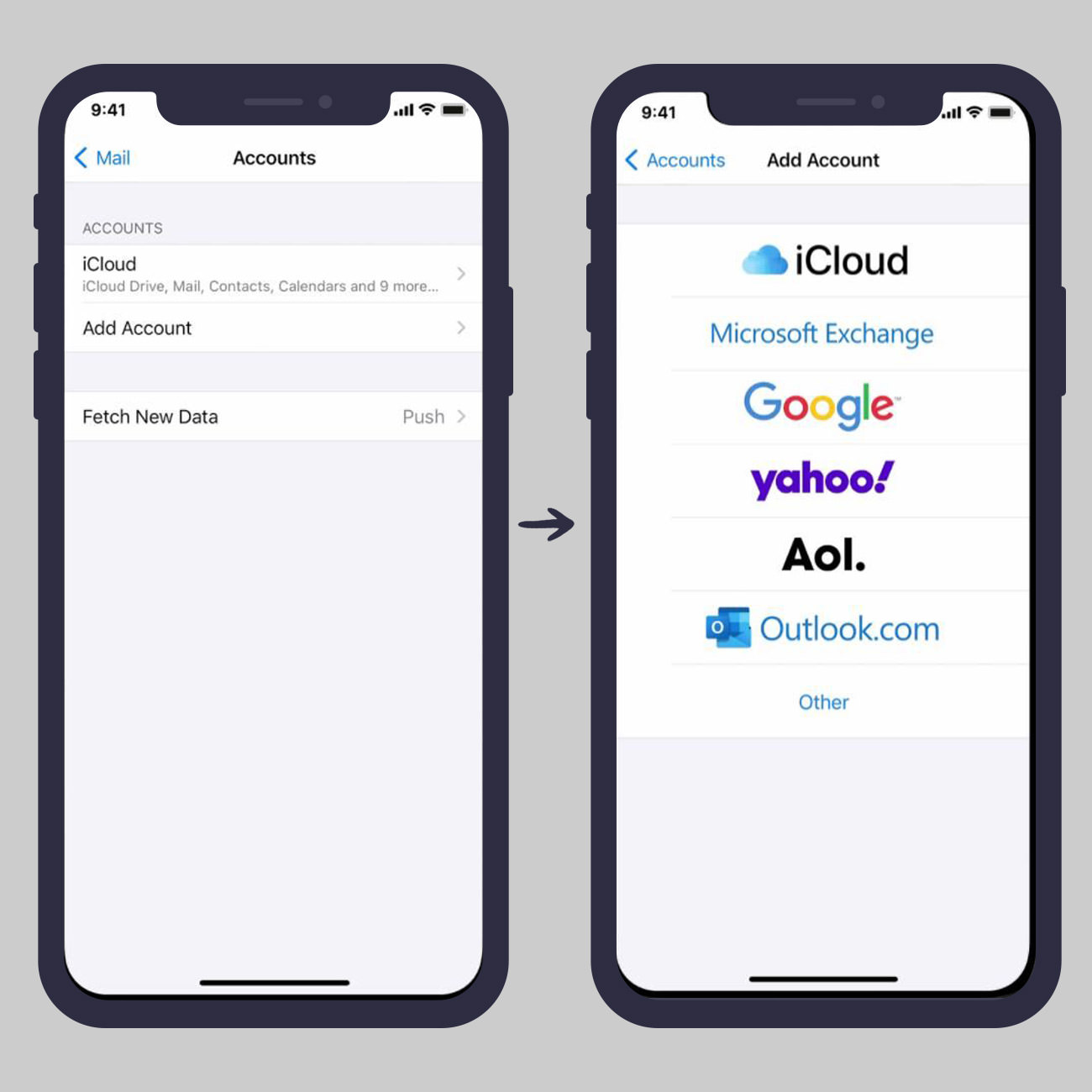
Finally, you are done setting up your email account on iPhone, iPad, or iPod Touch. If you wait for a few minutes to a few hours, and then open any of the related apps like Calendars, Contacts, and Mail, you will see the relevant data synced from your Android device.
And the benefit of using this procedure is that the data keeps syncing between your two or more devices. Sounds good?
Move Mail, Contacts, and Calendars
Instead of syncing data to your secondary device when you are switching to a new device, you may wish to move data to a new device. Though you can follow the above procedure in this case as well, there is a better way to move data from an Android device to your new iPhone, iPad, or iPod Touch. Let’s see how.
Before you begin with the detailed steps below, you must meet the following:
- On your Android device, download Move to iOS from Google Play Store.
- On your iOS device, ensure you have enough free space to fit moved data.
- Plug Android and iPhone, iPad, or iPod Touch devices into a power source.
Finally, let’s check the process to move data from Android to iOS using the Move to iOS app by Apple. And it has a few benefits over the other method: you can move more types of data like Chrome bookmarks, photos and videos, etc.
- While setting up your iOS device, check for the Apps & Data screen.
- Tap Move Data from Android among the options shown on the screen.
- On your Android device, open Move to iOS and tap Continue.
- Follow the on-screen instructions until you see Find Your Code.
- On your iOS device, tap Continue to find the code to move data.
- On your Android device, tap Next if needed, then enter this code.
- It will connect with your iOS device, then you will see Transfer Data.
- Choose the data you want to move to the iOS device, then tap Next.
- Finally, you must wait until both devices show a completion message.
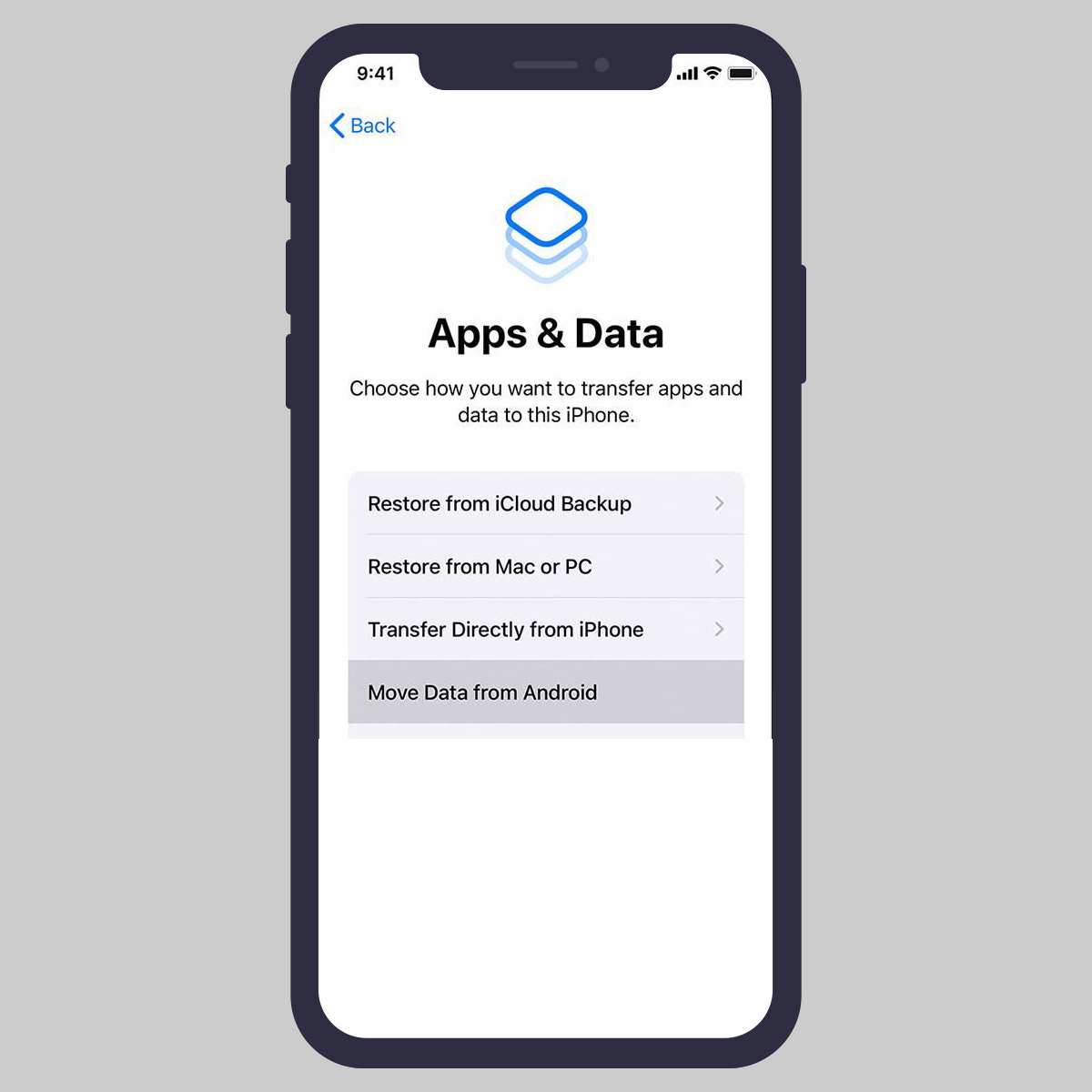
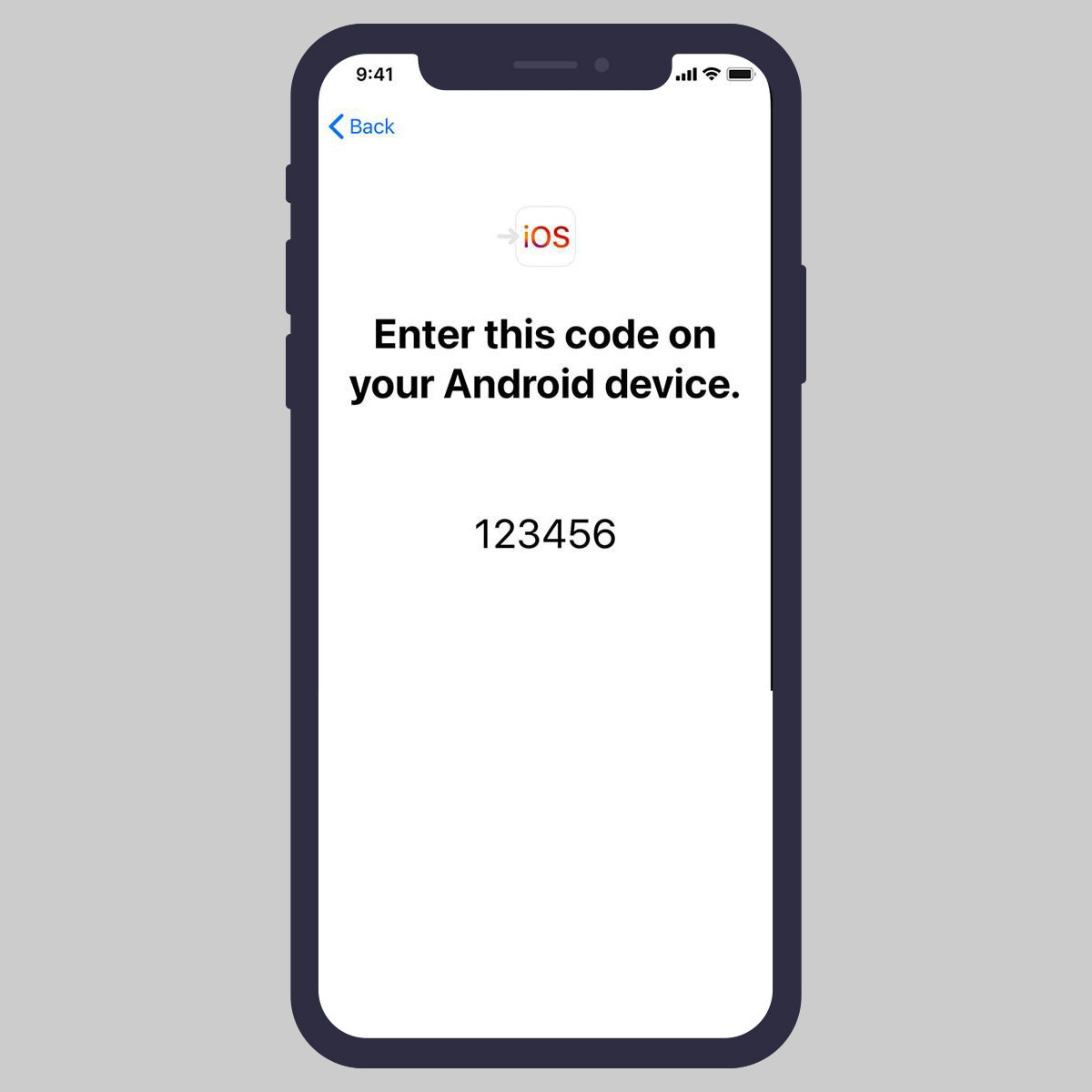
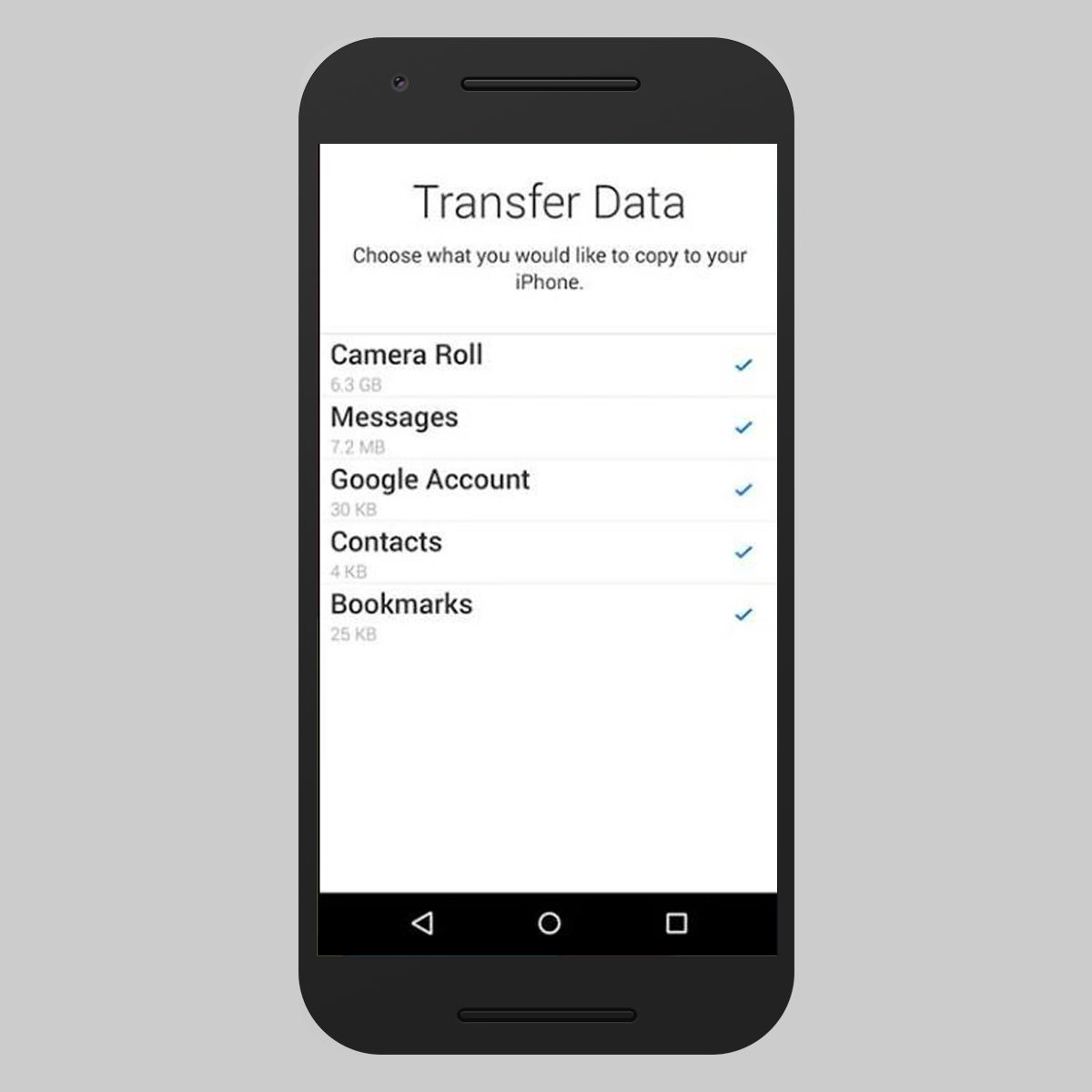

And voila! Now, you are done transferring data from your Android device to your new iOS device. Of course, this procedure will not synchronize data across your devices, but this is a single-time data transfer process from your Android device to your new iPhone, iPad, or iPod Touch.
If you want to sync data between the two devices, then you can follow the first procedure given in this write-up.